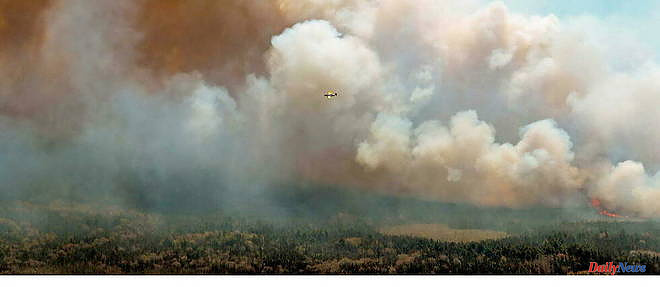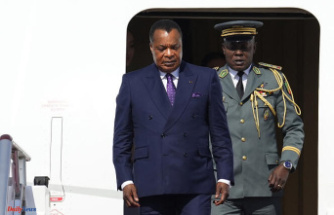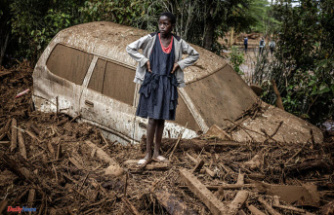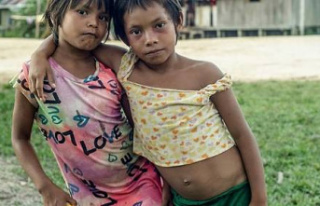A record number of evacuees, hundreds of places burning at the same time… Canada is facing historic fires and the situation could last for months. A colossal logistical challenge for the country, which is about to experience the worst year on record, say the authorities, as hot and dry conditions are expected to persist until the end of the summer.
“The distribution of the fires from coast to coast is unusual. At this time of year, fires usually only break out on one side of the country at a time, most often in the west,” said Michael Norton of Canada's Department of Natural Resources.
The provinces manage the relief, sometimes supported by the Canadian army when they ask for it. The federal government has so far provided support for Alberta, which was hit hard in May and is still battling more than 70 wildfires; to Nova Scotia, unaccustomed to this type of disaster; and in Quebec, plagued by more than 150 fires since early June.
But in the emergency, Canada also called on hundreds of foreign firefighters from some twenty countries: Australia, the United States, Mexico, New Zealand and South Africa have already sent reinforcements. And others are expected from Spain, France or Portugal.
In addition, approximately 1,000 new firefighters are currently being trained in Canada. They will face an arduous task: "When a big fire is burning, it is impossible to opt for a direct attack", explains Marc-André Parisien, specialist in fire risk management. And then, "on a fire with flames from 30 meters, sending water bombers is like spitting on a campfire, it's ineffective," he adds.
One of the solutions is then often to light other fires "to be able to burn any fuel on the road of the giant fire", details Marc-André Parisien. But in the end, "only real rain or winter" can put an end to the giant fires.
Faced with the number and scale of the fires, Quebec recently explained that it was unable to fight all the fires at once, some being located in areas inaccessible by road. “With the staff we currently have, we can cover about 40 fires at the same time, but there are 150 in operation,” said the premier of the province, François Legault, on Wednesday.
Efforts are therefore concentrated around cities and crucial infrastructure, to minimize the damage. Canada, which has a fleet of 55 aging water bombers, needs more aircraft, some experts also point out. "It's getting harder and harder to maintain them because of the age of this fleet, which is now 50 years old," said John Gradek, an aviation specialist at Montreal's McGill University. According to him, 75 more water bombers are urgently needed.
"For each degree of increase in boreal forest temperatures, the size of fires triples," says Yan Boulanger, a researcher for the Canadian Ministry of Natural Resources and a specialist in forest fires. And according to climatologists, Canada is warming faster than the rest of the planet – globally, between 1.7°C and 3°C, compared to a global average of 1.1°C since pre-industrial times.
To deal with the fires, Canadian Prime Minister Justin Trudeau has acknowledged in recent days that "resources (are) limited". “There is no doubt that in the years to come we will have to think seriously about how we can equip ourselves to face this new reality. We will face more and more extreme weather events,” he added.
“We are considering acquiring access to additional equipment and water bombers,” added Emergency Preparedness Minister Bill Blair. Parliament is also considering increasing tax credits for volunteer firefighters. Some 15,000 additional firefighters are needed.
But many experts also note the need to better anticipate. Among the solutions, the possibility of betting on less flammable trees. And also to better prepare the forests by reducing the amount of easily flammable vegetation, as well as by reusing indigenous techniques, practiced for millennia, such as controlled burning.












